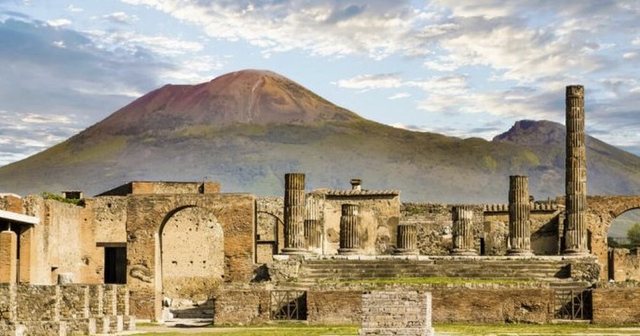
Researchers: Pompeii was repopulated after the eruption of 79 AD


New archaeological discoveries in the ancient city of Pompeii have shed light on one of the greatest mysteries of Roman history. Researchers have found concrete evidence suggesting that the city, which was destroyed by the catastrophic eruption of Mount Vesuvius in 79 AD, was partially repopulated after the disaster, according to The Guardian.
For decades, historians and archaeologists have debated whether any part of the city was reoccupied after the eruption. Now, recent excavations have uncovered structures built on top of earlier ruins, as well as artifacts dating back decades after 79, including coins, agricultural tools, and remains of daily activity.
According to experts, these discoveries show that, although the city was not completely rebuilt, certain areas of Pompeii may have been used again, perhaps for agriculture, trade or as temporary settlements. This proves that life in this part of Italy was not completely stopped by the tragedy.
This discovery is an important step towards better understanding how people responded to natural disasters in antiquity and how they tried to rebuild life in affected areas.

The Ukraine summit that ignored the tough questions
ideas
top
Alfa recipes
TRENDING 
services
- POLICE129
- STREET POLICE126
- AMBULANCE112
- FIREFIGHTER128



























